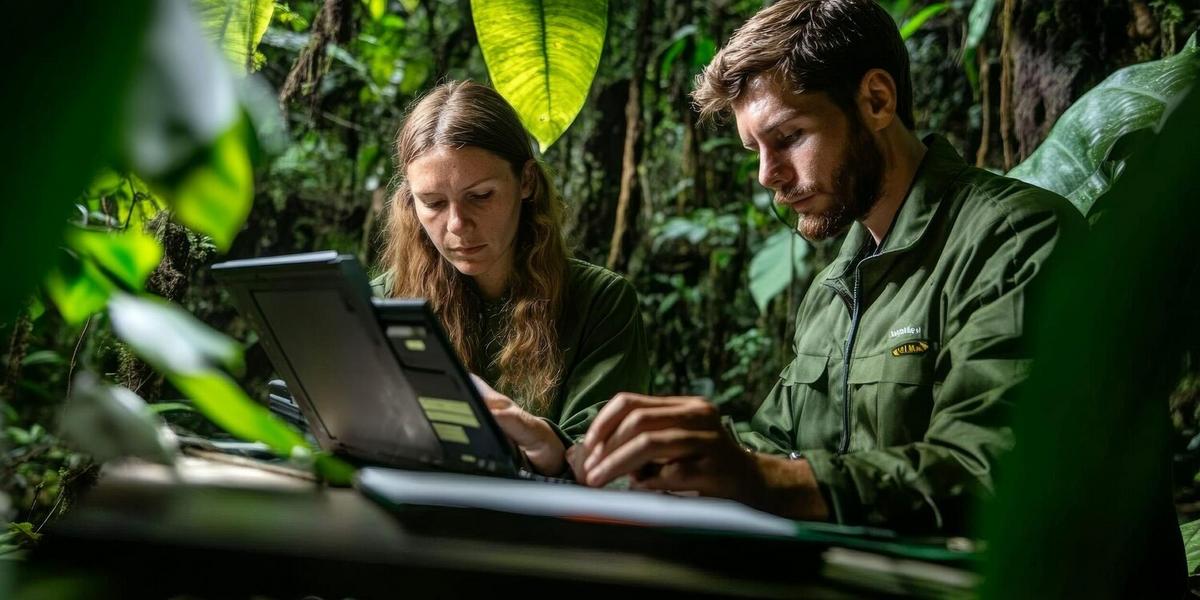Innovations in Wildlife Monitoring and Protection Technologies
Emerging technologies are transforming the way we monitor and protect wildlife, offering innovative solutions to age-old conservation challenges.

Emerging technologies are transforming the way we monitor and protect wildlife, offering innovative solutions to age-old conservation challenges.
Understanding the Need for Innovation
With biodiversity under threat from various human activities, the urgency to develop effective wildlife monitoring and protection strategies has never been greater. Conservationists and technologists are collaborating to create tools that not only safeguard wildlife but also enhance our understanding of ecosystems.
Expert Insights into Technological Advancements
Dr. Emma Johnson, a renowned ecologist, emphasizes the role of technology in conservation: ‘The integration of advanced sensors and data analytics is reshaping how we approach wildlife conservation. These tools provide insights that were previously unimaginable.’
Key Innovations in Wildlife Monitoring
- Remote Sensing and Satellite Imagery: Advanced satellite technology allows for real-time tracking of wildlife populations and habitat changes.
- Camera Traps and Drones: These devices enable non-intrusive monitoring of wildlife, capturing high-resolution images and videos even in remote areas.
- Bioacoustics: The use of sound recording devices helps in monitoring species that are difficult to observe, such as nocturnal or elusive animals.
- Radio and GPS Tracking: Tagging animals with radio or GPS devices provides valuable data on migration patterns and habitat use.
Statistics Highlighting Success
A study by the Wildlife Conservation Society found that the use of drones increased wildlife monitoring efficiency by 50%, while reducing costs by 30%. This demonstrates the potential of technology to make conservation efforts more effective and sustainable.
Personal Stories from the Field
Conservationist Mark Thompson shares his experience: ‘Using drones in the Amazon rainforest has allowed us to gather data on species that were previously inaccessible due to dense vegetation. The impact on our research has been profound.’
Actionable Tips for Conservationists
- Invest in training for the latest monitoring technologies to enhance your conservation efforts.
- Collaborate with tech companies to develop customized solutions for specific conservation challenges.
- Utilize open-source data platforms to share and analyze wildlife data collaboratively.
Comparison of Monitoring Technologies
| Technology | Advantages | Limitations |
|---|---|---|
| Remote Sensing | Large area coverage, real-time data | High cost, requires technical expertise |
| Camera Traps | Non-intrusive, captures behavior | Limited to specific areas, potential for damage |
| Drones | Versatile, adaptable to various terrains | Regulatory challenges, limited flight time |
| Bioacoustics | Effective for elusive species | Data complexity, requires expert analysis |
| GPS Tracking | Detailed movement data | Invasive, requires periodic maintenance |
FAQs
How do drones benefit wildlife monitoring?
Drones provide aerial views and access to hard-to-reach areas, enhancing data collection and monitoring efficiency.
What is the role of bioacoustics in conservation?
Bioacoustics helps in monitoring species through sound, particularly useful for nocturnal or elusive animals.
Are there any drawbacks to using GPS tracking on wildlife?
While GPS tracking provides detailed movement data, it can be invasive and requires regular maintenance.
Conclusion
Innovations in wildlife monitoring and protection technologies are proving to be invaluable in the fight to preserve biodiversity. By embracing these advancements, conservationists can enhance their efforts, making a significant impact on the protection of our planet’s precious wildlife. As we continue to develop and refine these tools, the future of wildlife conservation looks promising and filled with potential.